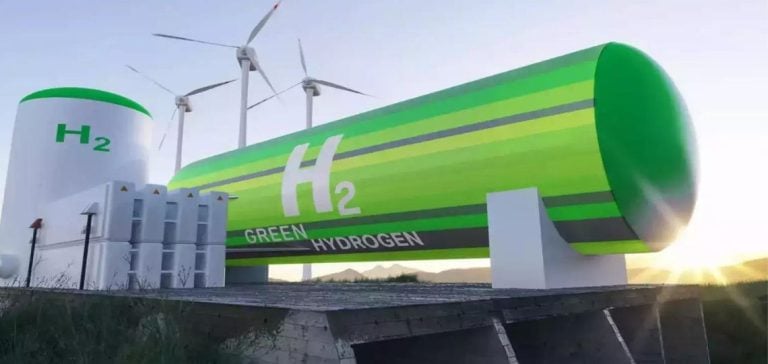Hygenco Green Energies embarks on an ambitious green ammonia production project, backed by significant financing from REC Ltd.
This partnership, embodied in a memorandum of understanding, represents an investment of $280 million for the development of green ammonia production facilities in Gopalpur, in the state of Odisha.
This project is part of a wider energy transition aimed at reducing carbon emissions and promoting sustainable energy solutions.
Hygenco, headquartered in Gurgaon, is positioned as a key player in the green hydrogen and green ammonia sector in India.
The company is developing large-scale, commercially viable green hydrogen and green ammonia assets.
As part of its growth strategy, Hygenco plans to invest around $2.5 billion over the next three years to establish green hydrogen and ammonia projects across the country.
This initiative aims to meet the growing demand for clean energy and support India’s decarbonization objectives.
A strategic partnership for the future of energy
The MOU with REC Ltd marks an important milestone for Hygenco, which has already demonstrated its commitment to innovation in the energy sector.
In March 2024, the company commissioned India’s first commercial green hydrogen plant, located in Hisar, Haryana.
This achievement was followed by the signing of a long-term purchase agreement for green hydrogen with Jindal Stainless, underlining Hygenco’s ability to establish strategic partnerships with major industry players.
The financial support of REC Ltd, a development finance institution, is essential for the implementation of this green ammonia project.
The funding will not only cover construction and operating costs, but also strengthen Hygenco’s position in the green hydrogen and ammonia market.
Indeed, green ammonia is seen as a promising energy carrier, capable of playing a key role in the transition to sustainable energy systems.
The challenges of decarbonization and technological innovation
Decarbonization is at the heart of the concerns of companies and governments worldwide.
In this context, green hydrogen and green ammonia are emerging as viable solutions for reducing greenhouse gas emissions.
Hygenco, by developing technologies to produce hydrogen and ammonia from renewable sources, is contributing to this transition.
The company is committed to using production methods that minimize the carbon footprint, while meeting growing energy needs.
Technological innovation plays a crucial role in the success of these projects.
Hygenco is investing in advanced technologies to optimize the production of green hydrogen and ammonia.
According to Uma Gupta, Head of Strategy at Hygenco, “innovation is the key to making green hydrogen economically viable and accessible to all”.
This proactive approach positions Hygenco as a leader in India’s renewable energy sector.
Future prospects and sustainable development
Hygenco’s plans are not limited to the production of green hydrogen and ammonia.
The company is also looking to expand into other segments of the renewable energy market.
By collaborating with companies like Sterlite Technologies, Hygenco is exploring opportunities to integrate green hydrogen into various industrial sectors.
This diversification of activities could strengthen the company’s resilience in the face of market fluctuations and economic challenges.
Hygenco’s commitment to sustainable development and decarbonization is part of a global trend towards more responsible business practices.
By investing in renewable energy projects, the company contributes not only to reducing carbon emissions, but also to creating jobs and stimulating the local economy.
Initiatives such as this are essential if we are to achieve the climate targets set by governments and international organizations.
Hygenco, with its green ammonia project supported by REC Ltd, illustrates how companies can play an active role in the energy transition.
By combining innovation, strategic partnerships and a commitment to sustainability, Hygenco is positioning itself as a key player in tomorrow’s energy landscape.






















